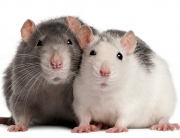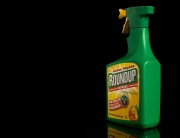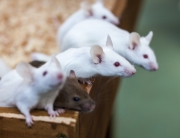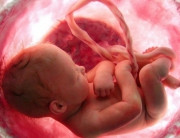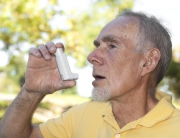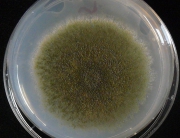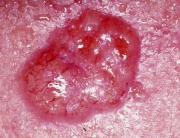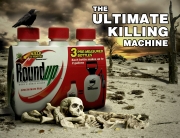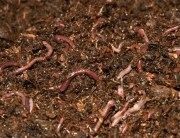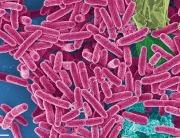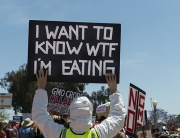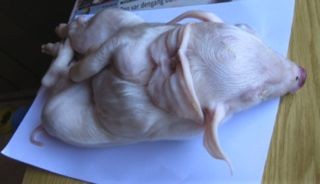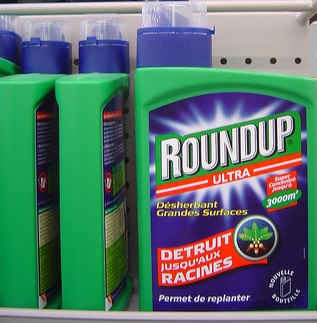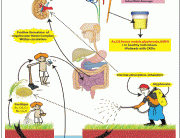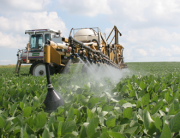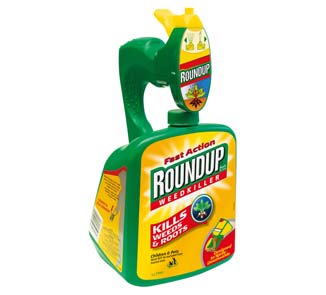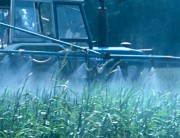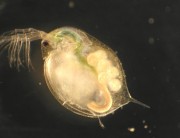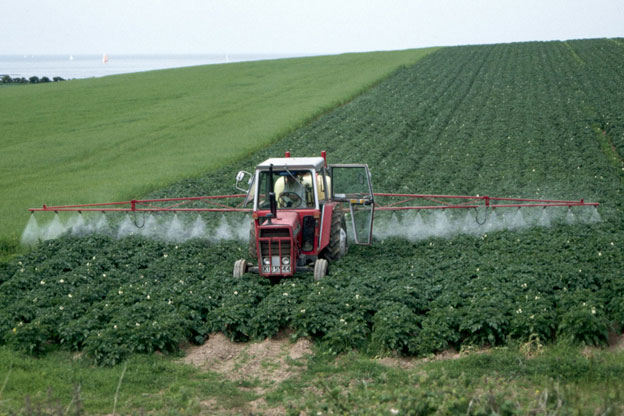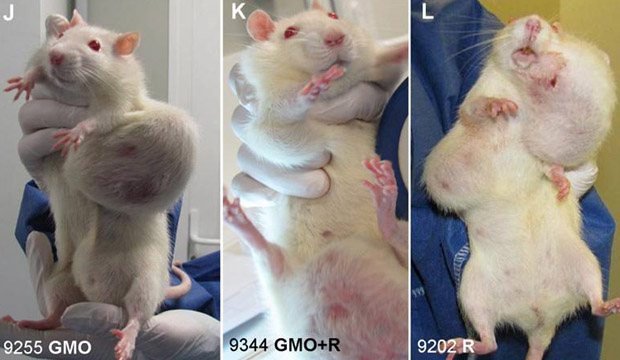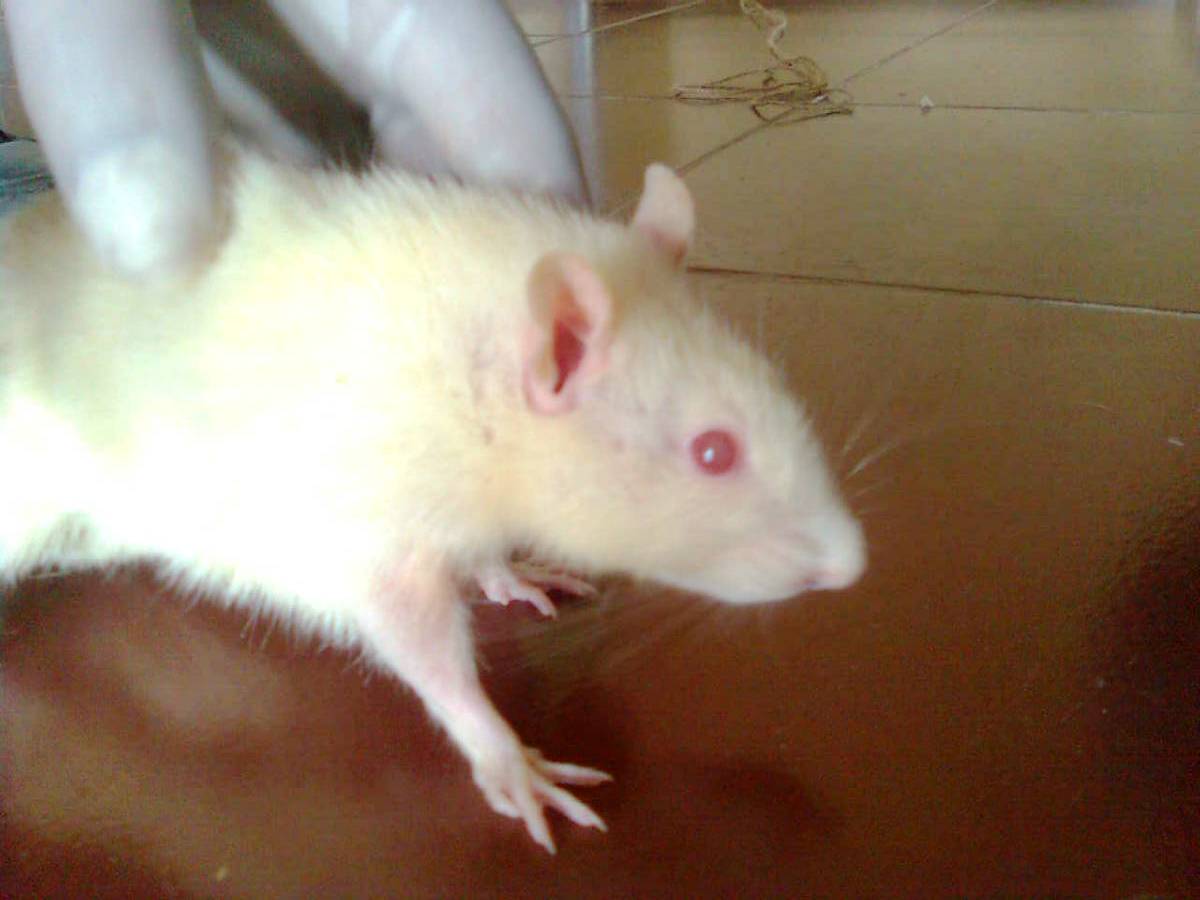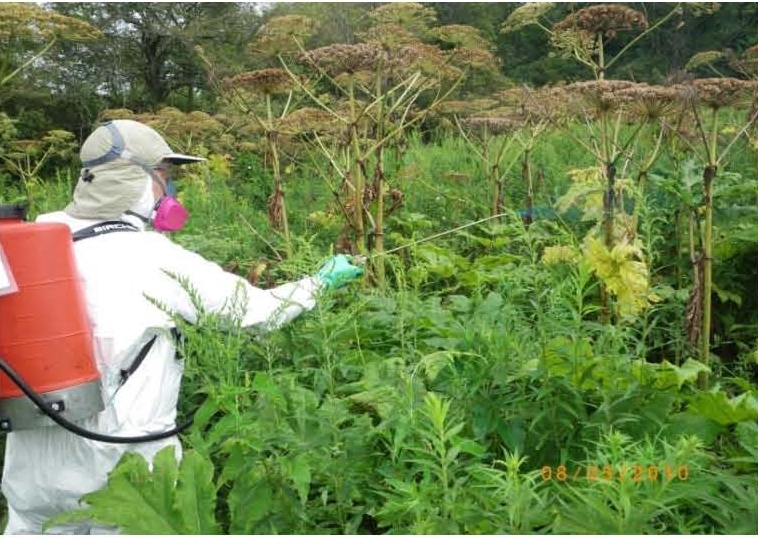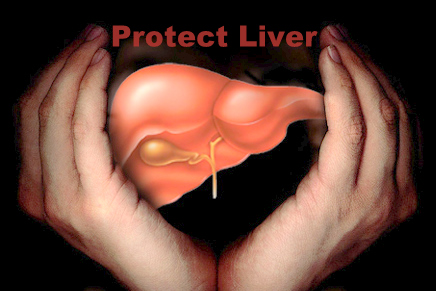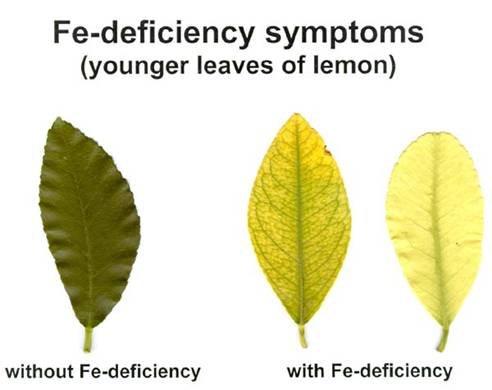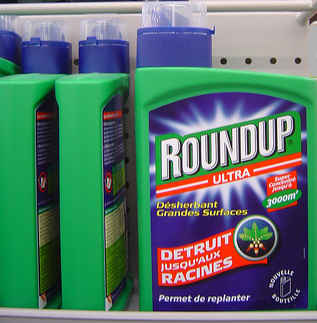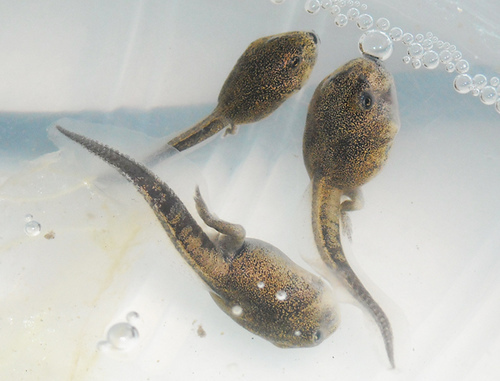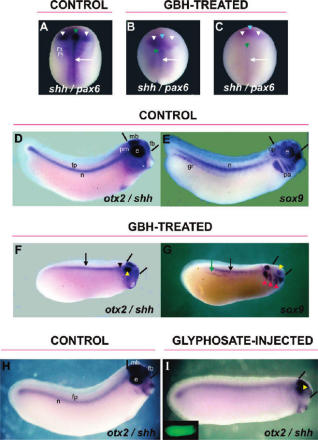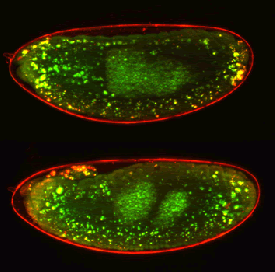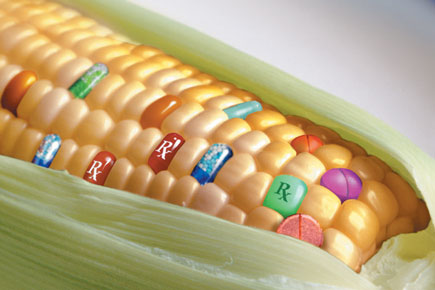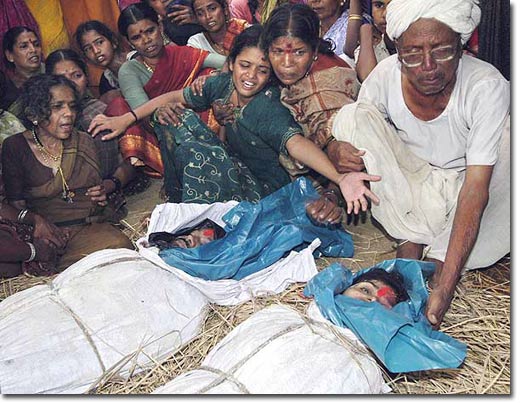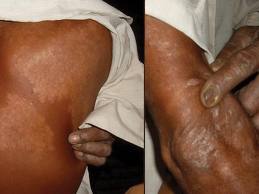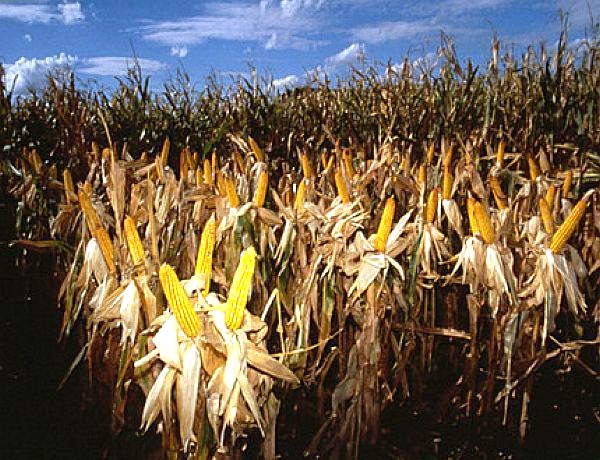601 patients were identified in this University of Peradeniya glyphosate poisoning study; the majority ingested a concentrated formulation (36% w/v glyphosate). 27.6% were asymptomatic, 64% had minor poisoning and 5.5% of patients had moderate to severe poisoning. There were 19 deaths (case fatality 3.2%) with a median time to death of 20 hours.
Source: ncbi.nlm.nih.gov
Abstract:
Context
The case fatality from acute poisoning with glyphosate-containing herbicides is approximately 7.7% from available studies but these have major limitations. Large prospective studies of patients with self-poisoning from known formulations who present to primary or secondary hospitals are needed to better describe the outcome from acute poisoning with glyphosate-containing herbicides. Further, the clinical utility of the glyphosate plasma concentration for predicting clinical outcomes and guiding treatment has not been determined.
Objective
To describe the clinical outcomes, dose-response and glyphosate kinetics following self-poisoning with glyphosate-containing herbicides.
Methods
This prospective observational case series was conducted in two hospitals in Sri Lanka between 2002 and 2007. We included patients with a history of acute poisoning. Clinical observations were recorded until discharge or death. During a specified time period we collected admission (n=216, including 5 deaths) and serial (n=26) blood samples in patients. Severity of poisoning was graded using simple clinical criteria.
Results
601 patients were identified; the majority ingested a concentrated formulation (36% w/v glyphosate). 27.6% were asymptomatic, 64% had minor poisoning and 5.5% of patients had moderate to severe poisoning. There were 19 deaths (case fatality 3.2%) with a median time to death of 20 hours. Gastrointestinal symptoms, respiratory distress, hypotension, altered level of consciousness and oliguria were observed in fatal cases. Death was strongly associated with greater age, larger ingestions and high plasma glyphosate concentrations on admission (>734μg/mL). The apparent elimination half life of glyphosate was 3.1 hours (95% CI 2.7 to 3.6 hours).
Conclusions
Despite treatment in rural hospitals with limited resources the mortality was 3.2% which is lower than reported in previous case series. More research is required to define the mechanism of toxicity, better predict the small group at risk of death and find effective treatments.
Authors
Darren M Roberts Nick A Buckley Fahim Mohamed Michael Eddleston Daniel A Goldstein Akbar Mehrsheikh Marian S Bleeke and Andrew H Dawson






